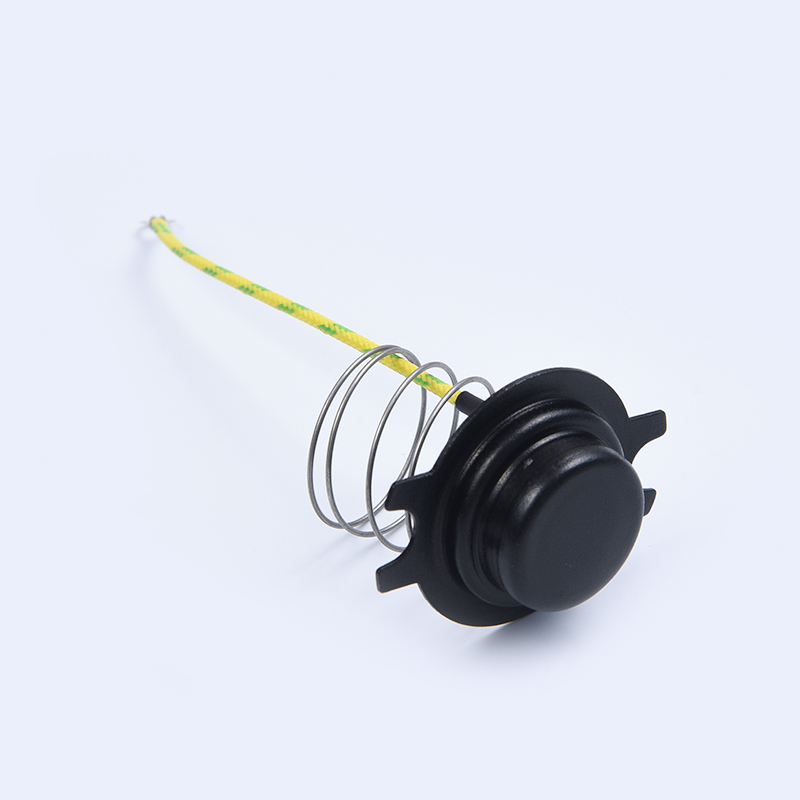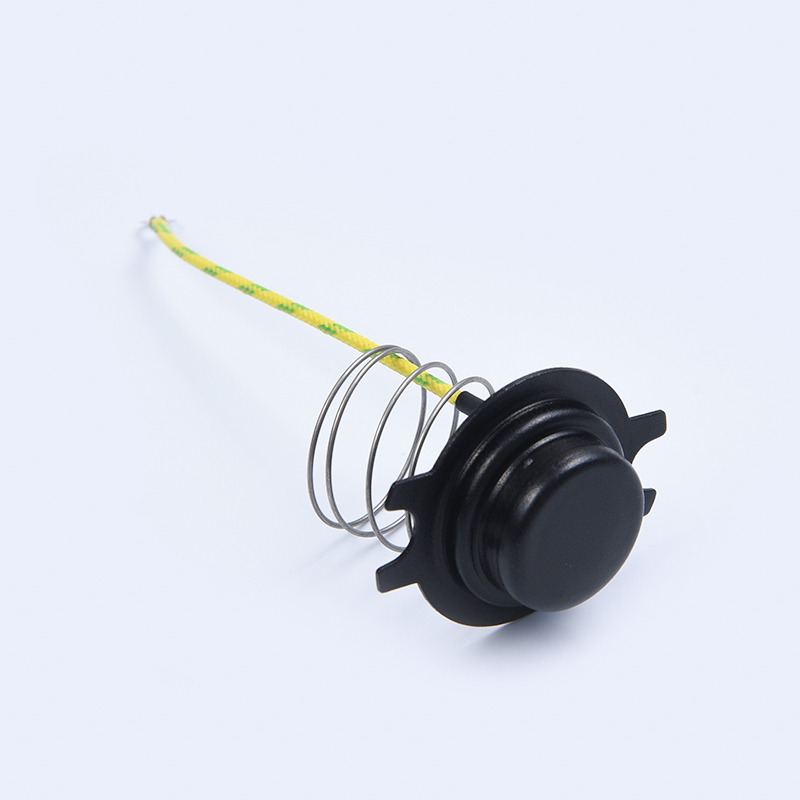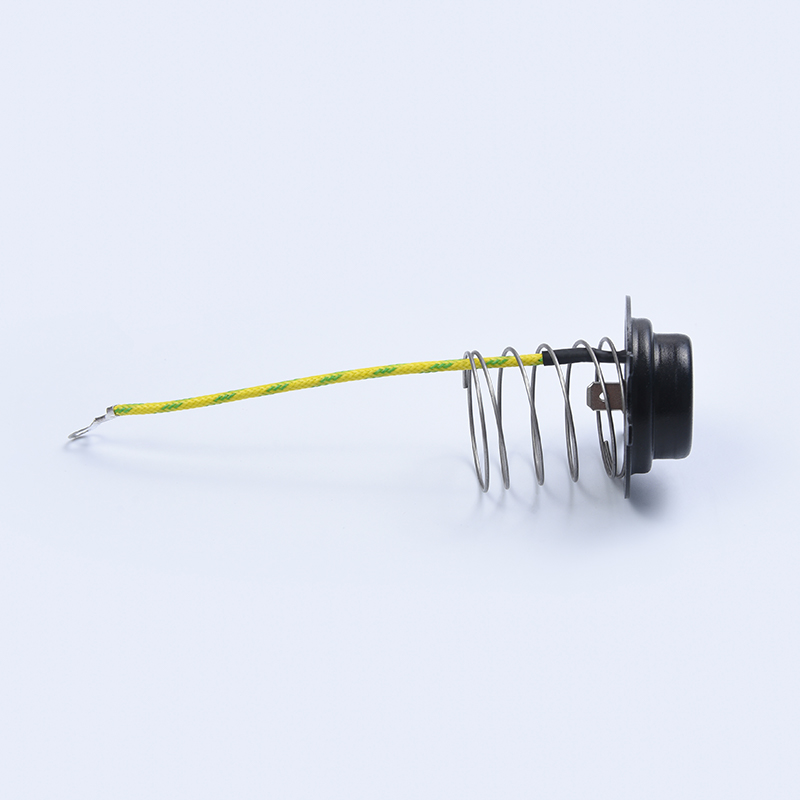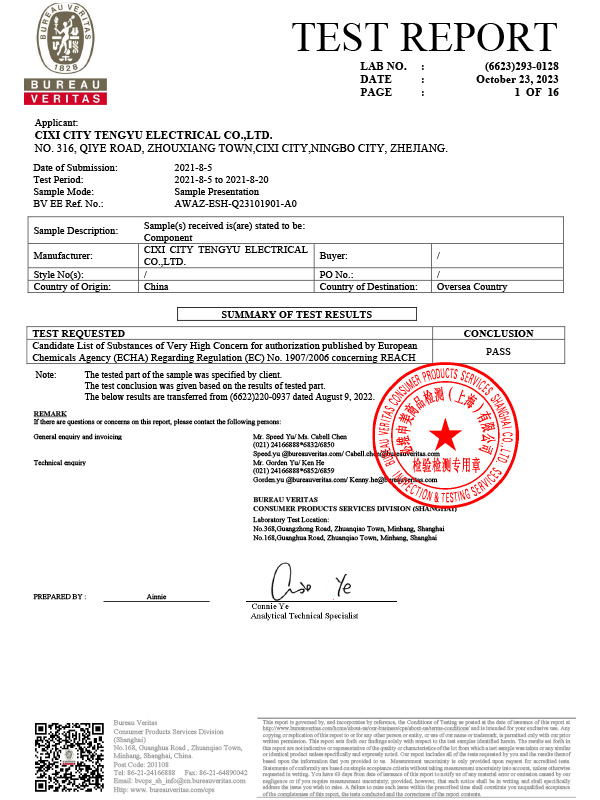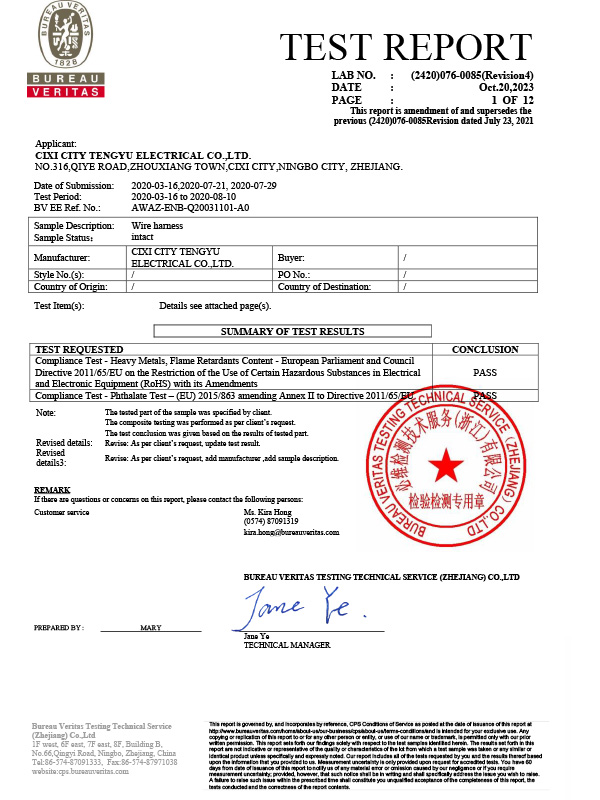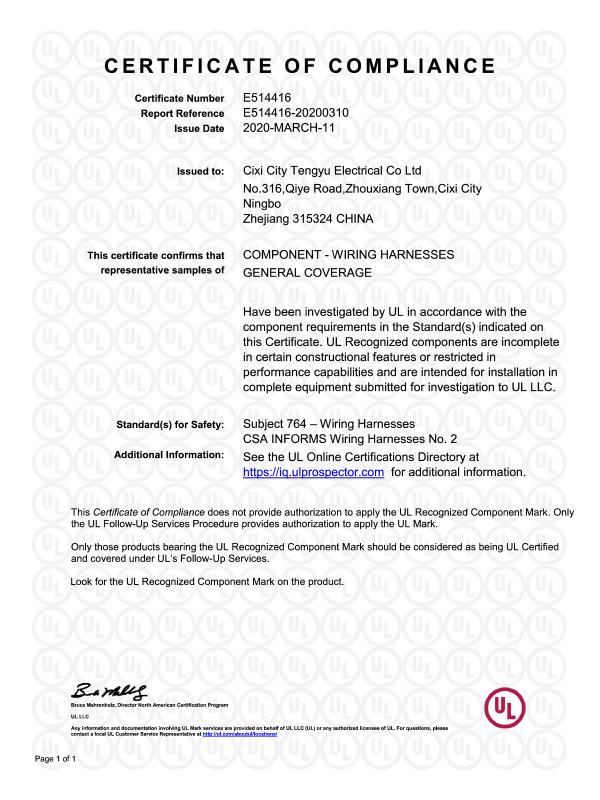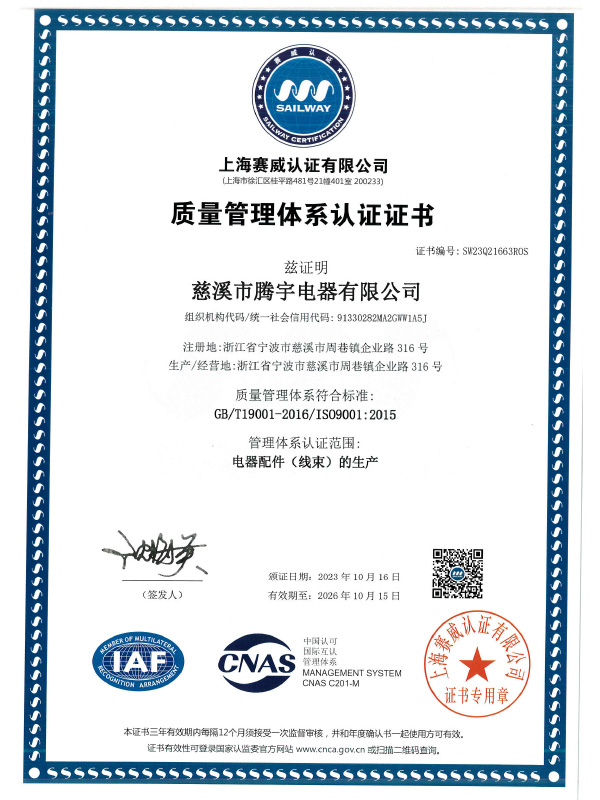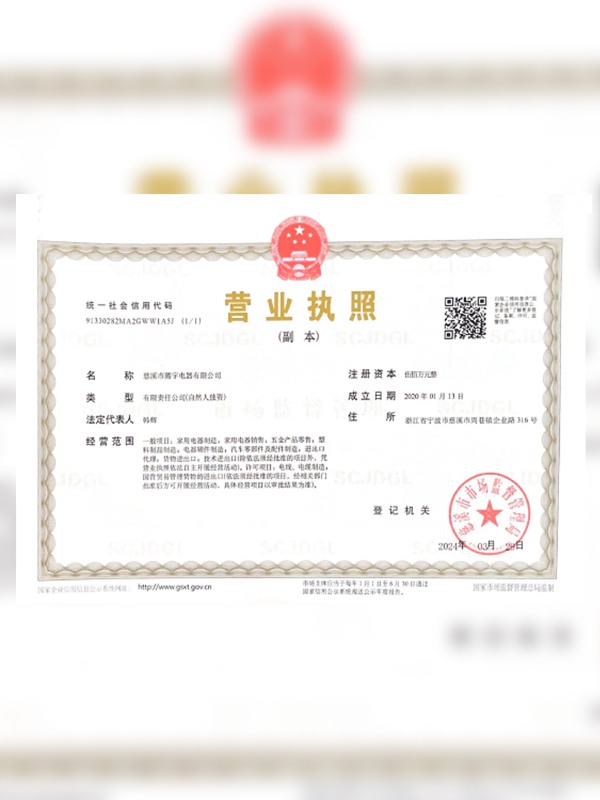What mechanical or protective functions does the steak machine center cover assembly perform during operation?
In modern foodservice equipment manufacturing, the steak machine center cover assembly is a key component of the steak machine. Its design and performance directly impact the overall machine's operating efficiency, service life, and safety.
During the operation of a steak machine, the center cover assembly plays a crucial mechanical role. First, it is one of the core connecting parts of the mechanical structure, securely connecting the upper heating or pressing mechanism to the main unit base. This assembly, through precise positioning holes and fastening structures, ensures the alignment and stability of the upper and lower mechanisms, resulting in a smoother and more uniform steak pressing action. Especially in high-speed or high-load operating environments, the center cover assembly must withstand mechanical shock and repeated vibration. Its rigidity and resistance to deformation directly impact the consistency of the finished steak.
Second, the center cover assembly plays a protective role within the steak machine. During operation, the steak machine generates high temperatures, high humidity, and grease splashing inside. The center cover assembly, with its sealing structure and high-temperature-resistant materials, prevents heat loss, liquid infiltration, and damage to electrical components. Cixi Tengyu Electric Appliance Co., Ltd. uses high-strength, heat-resistant alloys or specially treated engineering plastics to ensure structural integrity at high temperatures. This not only effectively slows down corrosion and aging, but also enhances the reliability and lifespan of the entire machine.
The Center Cover Assembly also plays a crucial role in safety. It not only physically separates the machine's interior from the exterior but also serves as an emergency barrier, preventing operators from accidentally coming into contact with hot or rotating components during operation. In line with Teng Yu Electrical's rigorous production processes, each component undergoes high-temperature load and pressure testing before shipment to ensure stable operation under extreme operating conditions.
|
Parameter
|
Typical Value
|
Teng Yu Standard
|
Notes
|
|
Material
|
Stainless Steel / High-temp Plastic
|
Custom Alloy / Engineering Plastic
|
Ensures high temperature resistance
|
|
Max Operating Temperature
|
250°C
|
280°C
|
Designed for heavy-duty commercial use
|
|
Mechanical Load Capacity
|
50 kg
|
70 kg
|
Supports high-pressure pressing
|
|
Thermal Expansion Coefficient
|
17 x10⁻⁶/°C
|
15 x10⁻⁶/°C
|
Reduces deformation under heat
|
|
Vibration Resistance
|
5 g
|
7 g
|
Ensures stability during high-speed operation
|
Through these design parameters, the Center Cover Assembly not only structurally supports the entire machine but also protects internal electrical components and the food processing area from damage through its high-temperature, vibration-resistant, and sealed properties. This dual function proves particularly important over long-term use, ensuring the steak maker's reliability and safety in high-frequency commercial environments while reducing maintenance and downtime costs.
What are the common machining processes used in the production of steak machine center cover assemblies?
During the manufacturing process, steak machine center cover assembly processes primarily include stamping, CNC machining, casting, injection molding, and surface treatment. Each process plays a key role in addressing specific material and functional requirements. Cixi Tengyu Electric Appliance Co., Ltd. selects machining processes based on the specific model and usage environment, ensuring a balance between mechanical strength, heat resistance, and precision.
Stamping
Stamping is the primary process for processing sheet metal and is suitable for thin-walled sections of center cover assemblies. Using high-precision dies to punch, bend, and stretch sheet metal into the desired shape, it enables efficient mass production while ensuring consistent part dimensions and surface flatness. Teng Yu Electrical maintains strict control over stamping die precision, ensuring excellent positioning accuracy and mechanical rigidity during assembly.
CNC Machining
CNC machining is essential for parts requiring high-precision hole placement and complex geometries. Computer-controlled cutting tools precisely machine the center cap assembly's connection holes, support surfaces, and fastening interfaces, ensuring stable alignment even in high-temperature and high-pressure environments. Cixi Tengyu Electric Appliance Co., Ltd. is equipped with advanced CNC equipment and leverages the expertise of experienced technicians to ensure that each component meets international standards for machining tolerances.
Casting
The casting process is suitable for center cap assemblies subject to high loads or complex structures. Molten metal is poured into a mold to create a robust structural component. Teng Yu Electrical controls the cooling rate and metal composition during the casting process to enhance the component's fatigue resistance and thermal stability, meeting the demands of long-term, high-load operation in commercial kitchens.
Injection Molding
When center cap assemblies are made of high-temperature engineering plastics, injection molding is the primary process of choice. By injecting molten plastic into a high-precision mold, complex structures can be formed in one go, achieving excellent surface finish and dimensional stability. Cixi Tengyu Electric Appliance Co., Ltd. rigorously controls temperature, pressure, and cooling time during the injection molding process, ensuring that the plastic component maintains its structural integrity even in high-temperature environments. 5. Surface Treatment
To enhance corrosion resistance, wear resistance, and aesthetics, center cap components typically require surface treatment, including painting, electroplating, anodizing, or polishing. Teng Yu Electrical utilizes internationally advanced surface treatment technologies to ensure long-term durability in high-temperature, oily environments while also enhancing the overall appearance.
|
Parameter
|
Stamping
|
CNC Machining
|
Casting
|
Injection Molding
|
Surface Treatment
|
|
Material Type
|
Stainless Steel
|
Metal / Alloy
|
Metal Alloy
|
Engineering Plastic
|
N/A
|
|
Dimensional Accuracy
|
±0.2 mm
|
±0.05 mm
|
±0.3 mm
|
±0.1 mm
|
±0.05 mm
|
|
Production Volume
|
High
|
Medium
|
Medium
|
High
|
N/A
|
|
Mechanical Strength
|
Medium-High
|
High
|
High
|
Medium
|
N/A
|
|
Heat Resistance
|
200-250°C
|
250°C
|
300°C
|
150-200°C
|
N/A
|
|
Surface Finish Quality
|
Medium
|
High
|
Medium
|
High
|
Very High
|
What are common alignment or fastening issues during steak machine center cover assembly?
Common alignment issues during assembly include part misalignment, hole misalignment, mismatched fasteners, and uneven clearances. Because the center cover assembly typically requires precise alignment with the upper heating or pressing mechanism, even the slightest deviation can lead to unstable operation or increased wear. For example, if the assembly shifts during assembly, uneven force on the press plate will affect the thickness consistency of the finished steak and potentially accelerate mechanical fatigue. Cixi Tengyu Electric Appliance Co., Ltd. uses high-precision positioning molds and alignment fixtures in production to ensure precise assembly alignment, mitigating the risk of misalignment at the source.
Tightening issues are also a common challenge during assembly. Center cover assemblies are typically secured with bolts, nuts, or clips. Insufficient or uneven tightening force can lead to increased vibration during operation, or even loosening or falling out. Conversely, excessive tightening force can cause localized deformation or material stress concentration, shortening the service life. Teng Yu Electrical strictly adheres to torque standards during assembly and utilizes specialized torque tools to ensure each fastener securely connects without damaging the component structure.
In addition to component manufacturing errors, assembly environment and operating methods can also cause problems. For example, dust, grease, or foreign matter entering fastener holes can affect thread engagement or alignment accuracy. Improper operating procedures can also cause uneven force on components, impacting sealing performance and mechanical stability. Cixi Tengyu Electric Appliance Co., Ltd. minimizes these issues on its production lines by optimizing assembly processes, implementing clean work area management, and implementing operator training.
To help assembly engineers understand and control various alignment and fastening issues, the following parameter comparison table summarizes common problems, possible causes, and solutions:
|
Assembly Issue
|
Possible Cause
|
Typical Effect
|
Teng Yu Solution
|
|
Misalignment of Parts
|
Manufacturing tolerance deviation
|
Uneven pressure, product inconsistency
|
High-precision jigs, CNC-controlled positioning
|
|
Hole Position Error
|
Punching or drilling deviation
|
Assembly interference, stress concentration
|
Laser alignment inspection, tolerance optimization
|
|
Uneven Tightening
|
Incorrect torque or sequence
|
Vibration, component deformation
|
Calibrated torque tools, standardized tightening sequence
|
|
Loose Fasteners
|
Insufficient torque or worn threads
|
Operational instability, potential failure
|
Use of thread-locking compounds, periodic inspection
|
|
Material Deformation
|
Over-tightening or uneven stress
|
Cracks, reduced lifespan
|
Optimized torque specifications, controlled clamping
|
|
Gap Variation
|
Improper assembly sequence or misfit parts
|
Seal failure, vibration, heat loss
|
Assembly training, fixture-assisted alignment
|
What safety precautions should be taken when replacing a steak machine center cover assembly?
When replacing the center cover assembly, the primary focus is power off and cooling. Because the center cover assembly is often in direct contact with a heating or pressing mechanism, high temperatures or residual heat may remain on the surface of the assembly. Before operating, ensure that the equipment is completely powered off and wait for the assembly temperature to cool to a safe level to avoid the risk of burns or electric shock. The Cixi Tengyu Electric Appliance Co., Ltd. production manual clearly stipulates that operators must wear heat-resistant gloves and insulated tools during the replacement process.
Secondly, securing and supporting measures are key to preventing accidental injuries. During replacement, the center cover assembly may wobble or slip due to its own weight or irregular shape. Teng Yu Electrical recommends using a dedicated support fixture or bracket to secure the assembly in place, and that two or more skilled personnel work together to ensure a smooth and safe removal and installation process.
Third, inspection of fasteners and connections is crucial. When removing old components, pay attention to the condition of bolts, nuts, and clips to prevent accidental slippage or breakage. When installing new components, tighten them evenly and strictly to the specified torque value to ensure a secure fit without causing stress concentration. Cixi Tengyu Electric Appliance Co., Ltd. provides detailed torque standards and tightening sequence guidelines to help operators avoid equipment damage or safety hazards caused by improper tightening during replacement.
In addition, cleaning and inspection are crucial for improving safety. Before replacing a component, thoroughly remove oil, dust, or debris from the mounting surface to prevent loosening, misalignment, or electrical leakage. Also, inspect the contact surfaces between the component and surrounding components, seals, and supporting structures to ensure the new component is properly aligned and meets its designed strength. Teng Yu Electrical's technical team emphasizes in maintenance training that any negligence could lead to equipment malfunction or personal injury.
Finally, operator training and record keeping are also essential safety measures. Cixi Tengyu Electric Appliance Co., Ltd. provides systematic training to assembly and maintenance personnel to ensure they understand component removal and installation procedures and safety precautions. They also require complete documentation of each replacement operation to facilitate traceability and quality management.
For reference by industrial maintenance personnel, the following table outlines the key safety precautions, potential risks, and recommended measures during center cap assembly replacement:
|
Safety Aspect
|
Potential Risk
|
Recommended Precaution
|
Teng Yu Implementation
|
|
Power and Heat Safety
|
Electric shock, burns
|
Disconnect power, allow cooling, use gloves
|
Mandatory SOP, insulated tools provided
|
|
Component Support
|
Component falling, injury
|
Use jigs or brackets, employ two-person handling
|
Custom support fixtures, operator training
|
|
Fastener Handling
|
Slipping bolts, uneven torque
|
Check condition, apply specified torque evenly
|
Torque guidelines and calibrated tools
|
|
Surface Cleanliness
|
Improper seating, misalignment
|
Clean mounting surfaces thoroughly
|
Standardized cleaning procedure
|
|
Alignment Check
|
Misaligned assembly, operational stress
|
Inspect mating surfaces, verify orientation
|
Laser alignment and fixture-assisted assembly
|
|
Operator Training
|
Human error
|
Formal training, procedural documentation
|
In-house and on-site training programs
|
|
Record Keeping
|
Maintenance traceability loss
|
Log every replacement operation
|
Digital and paper records maintained
|




 中文简体
中文简体